The General (1927)
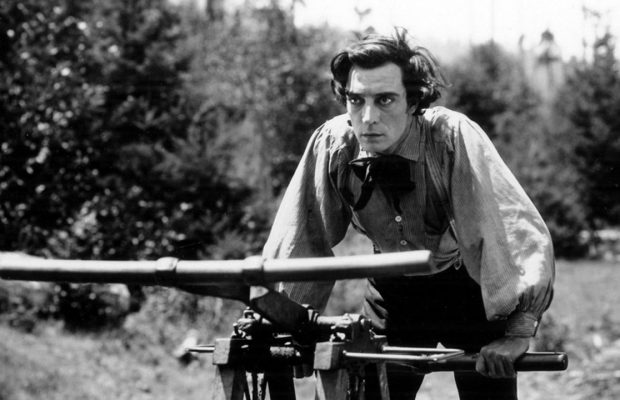
Toronto Film Society presented The General (1927) on Monday, December 10, 1951 as part of the Season 4 Main Series, Programme 3.
THIRD EXHIBITION MEETING – FOURTH SEASON
Monday, December 10, 1951 8.15 p.m. sharp
Royal Ontario Museum Theatre
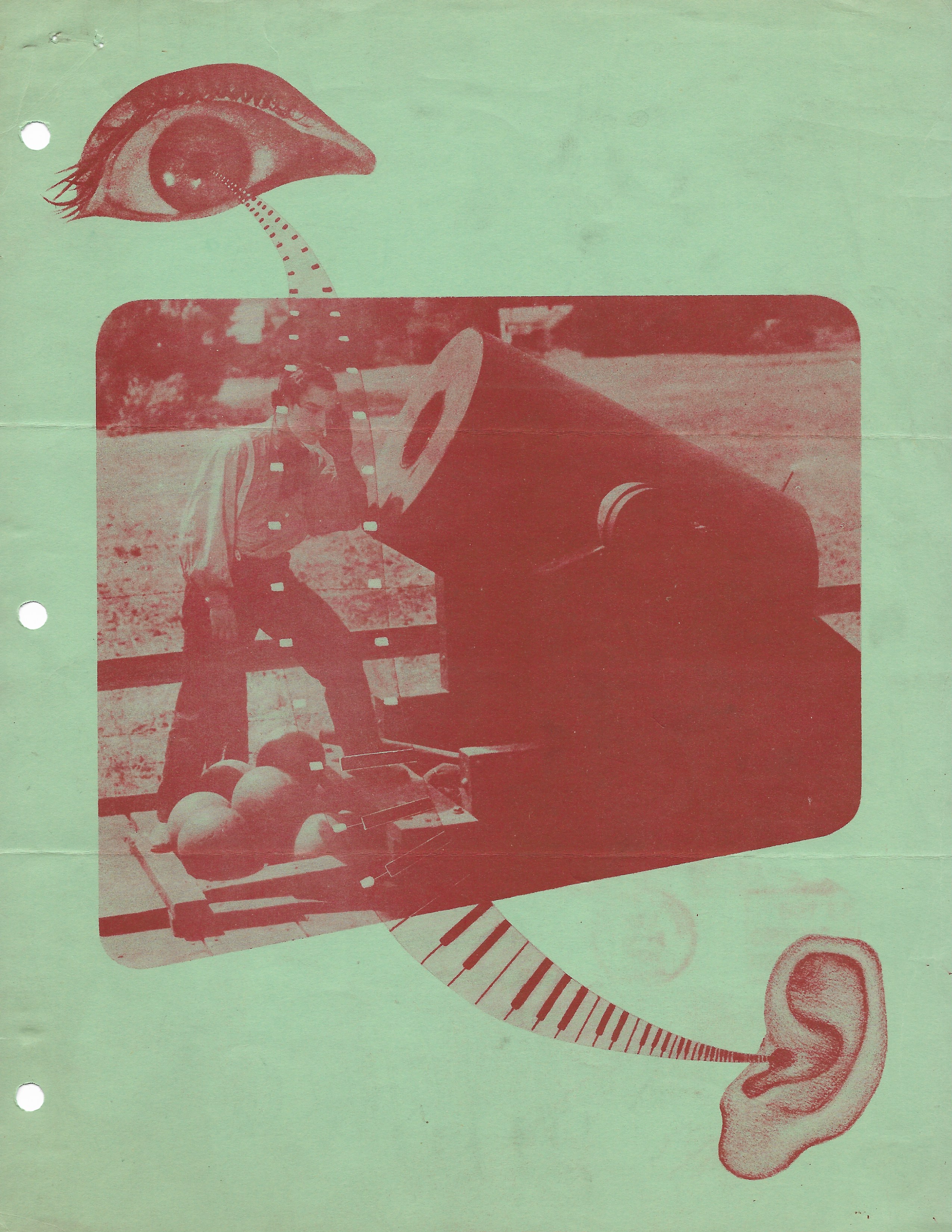
Animules Canada 1950 colour 12 mins
DIRECTION and SCRIPT: Louis A. Shore
CO-ORDINATOR: W. Bruce Adams
PHOTOGRAPHY and EDITING: John Spotton
Produced in co-operation with the Essex School Art Unit, Toronto
A handicraft instruction film on the hows and fun of making papier-maché animals, Animules is unique for the admirable way in which it achieves its purpose. The whole approach of the film is based on the needs of the learner, and a great amount of planning, care and good taste went into its design. The film commences with a complete view of the objective to be achieved; the process is then broken down into its constituent steps, so that the child sees the relationship of the part to the whole; each process is repeated several times from different points of view; completed objects are shown, and a recapitulation follows using the printed word to reinforce the visual. The deliberately slowed pacing is unnoticeable due to variation in handling the repetition. A child is used as commentator to reinforce the assurance of children watching the film that they too can make animules.
Animules won an award in the amateur class of the Canadian Film Awards, 1950. Louis Shore who directed and scripted the film is a director of Toronto Film Society.
Christmas Under the Sun Australia 1950 17 mins
PRODUCED by the National Film Board of Australia
under Stanley Hawes
In Documentary 48, Stanley Hawes, Producer-in-Chief for the Australian National Film Board described Australian documentary as “pregnant with possibilities.” Hawes pointed out that “only since the formation of the N.F.B. in 1945 has the output of documentary and educational films begun to approach the quantity and quality which a country of the growing importance of Australia deserves.” The documentary tradition is now firmly established there and the general standard of quality justifies the claim that Australian documentaries can now hold their own alongside those of any other country. The Board’s present achievements are due to the work of Stanley Hawes, its technical adviser and supervisor of all films. Hawes formerly was the G.P.O. in England and then a director at Canada’s N.F.B.
Christmas Under the Sun with its warm, human approach indicates real talent and originality in the new documentary school.
The General U.S.A. 1927
DIRECTION: Buster Keaton and Clyde Bruckman
PHOTOGRAPHY: Clyde Bruckman and J.D. Jennings
CAST: with Buster Keaton and Marion Mack
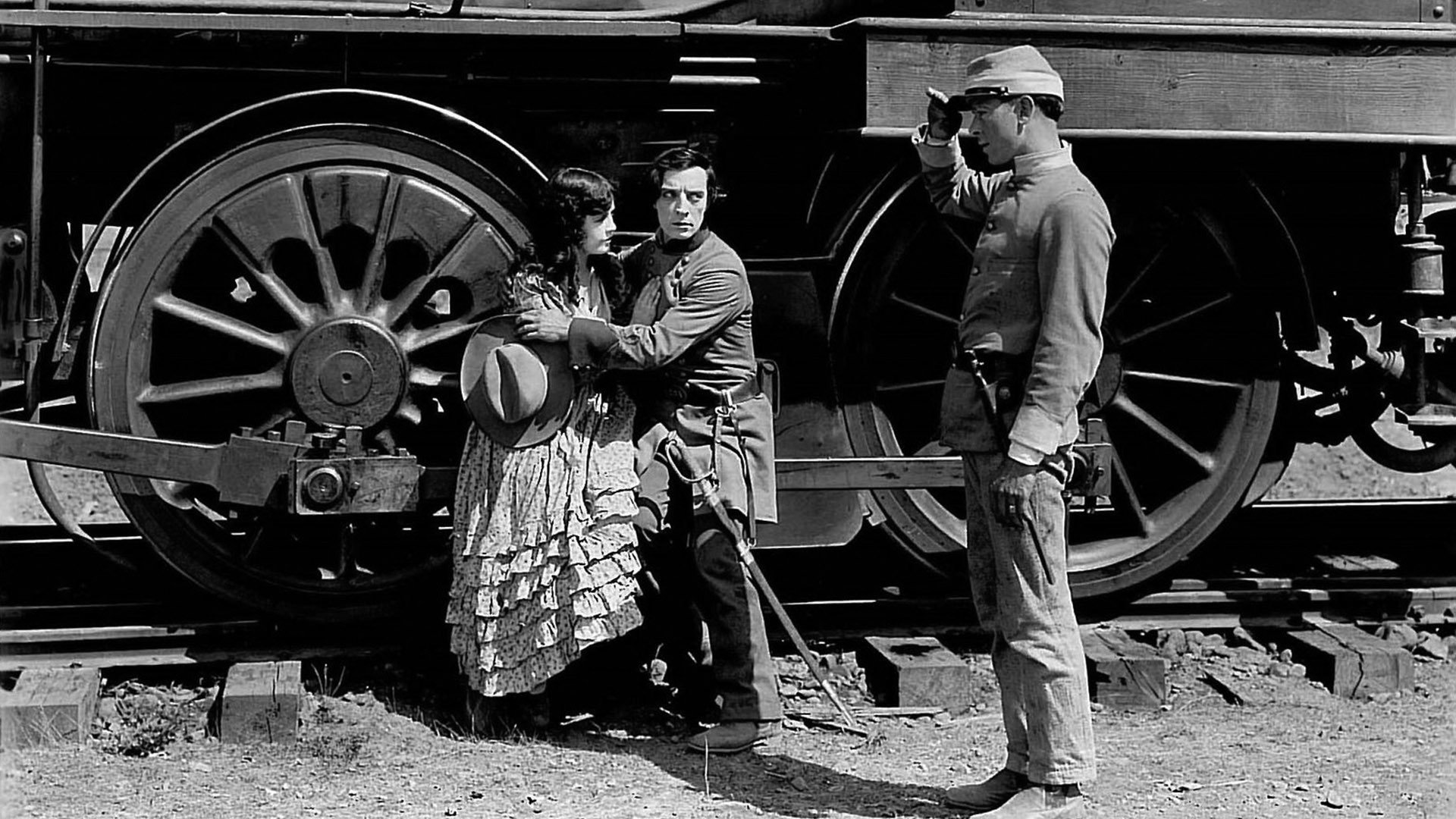
Joseph Francis Keaton was born in 1896 and started work at the age of 3½ in one of the roughest acts in vaudeville; as a member of “The Three Keatons” he became a veteran trouper before he was in his teens. In 1917 he was engaged at $40 per week to appear in two-reel comedies and teamed with Fatty Arbuckle under Sennett. He went on to become one of Metro’s biggest stars and earners; a Keaton feature cost about $200,000 to make and reliably grossed $2 million.
One of the great clowns of film, “Keaton moves in the mechanized world of today like the inhabitant of another planet. Inventions and contrivances like deck-chairs and railroad engines seem insuperably animate to him, in the same measure a human beings become impersonal. Without friends or relatives, he is generally incapable of associating with his fellow-beings on a “human” basis, but mechanical devices, though often inimical to him, are, on the other hand, the only “beings” which can “understand” him. They are the real co-stars in his films (the big liner in The Navigator, a pre-historic railroad engine in The General). …He always wins in the end: not, like Chaplin, by romantically escaping from the world of machinery into a realm of human freedom, but, on the contrary, by fatalistically throwing his humanity into the whirlpool of mechanical forces. …”
Museum of Modern Art
“No other comedian could do as much with a dead pan. He used his great, sad, motionless face to suggest various related things–a one track mind near the track’s end of insanity; …how dead a human being can get and still be alive; an awe-inspiring sort of patience and power to endure, proper to granite but uncanny in flesh and blood. Everything that he was and did bore out his rigid face and played laughs against it.
Keaton was a wonderfully resourceful inventor of mechanistic gags; as he ran afoul of locomotives, steamships … he put himself through some of the hardest and cleverest punishment ever designed for laughs.
Keaton worked strictly for laughs, but his work came from so far inside a curious and original spirit that he achieved a great deal besides. …He was the only major comedian who kept sentiment entirely out of his work and brought pure physical comedy to its greatest heights. Beneath his lack of emotion he was also sardonic; deep below that, giving a disturbing tension and grandeur to the foolishness, for those who sensed it, there was in his comedy a freezing whisper not of pathos but of melancholia. With the humor, the craftsmanship and the action there was often, besides, a fine, still and dreamlike beauty. Much of his Civil War picture, The General is within hailing distance of Matthew Brady.
Because “dry” comedy is so much more rare and odd than “dry” wit, there are people who never much cared for Keaton. Those who do cannot care mildly.”
James Agee, Comedy’s Greatest Era; Life – September 5 ’49
Piano accompaniment to The General by Ruby Ramsay Rouse. Mrs. Rouse arranged and played scores for films in Toronto theatres in the days before sound.
Mail Early for Christmas Canada 1941 colour 1½ mins
Trailer animated by Norman McLaren 11 years ago–a sort of jitterbug session; the dancers are miscellaneous Xmas mail.
MEMBERS’ EVALUATIONS
Le Million: Of evaluations submitted (unfortunately small in number due to shortage of forms), 62% thought it “excellent”, 8% “very good”; 15% “good” and 15% “fair to poor”.
Favourable comments: “Does not date; as irresistible today as ever–a classic! They don’t make ’em like that anymore!”; “very enjoyable in every way”; “fascinating ballet-like chases; rich in eccentric characters; delightful, an original work from a real artist”; “liked the atmosphere, music and songs”; “excellently designed sets”; “the acting good”; “typical happy Clair blending of satire, slapstick, charm and music, proving him once more a unique film genius.”
Unfavourable comments: “The plot was corny…a pity the lighting wasn’t more intricate, more light and shadow”; “not as brilliant or significant as À Nous la Liberté; “The members who scurried out of their seats as the ending approached–the last shots were obliterated from view, and sound hard to hear as a result of the noisy exit–one does not expect Film Society members to behave so inappropriately”; “theatre etiquette hit a new low”; “I would assume that in 1932 this was really something, but I am afraid that on a basis with today’s films, it would be unfair to even think of any comparison.” Two members felt English subtitles would have helped in further understanding of the content.
Rien Que les Heures: “Well shot”; “not a great film but an interesting and curious one”; “music added a great deal”; “interesting, but too much emphasis on the sordid, which is after all only one side of big city life”; “very interesting visual relation and contrasts; a successful experiment”; “excellent”; “interesting as one of the first documentaries made”; “has something of the morbid fascination of Un Chien Andalou, but more cinematic treatment–highly interesting of its kind, though at moments inconsistent and undeveloped.”
CURRENT MOVIE GUIDE
The Red Badge of Courage: America’s leading director, John Huston gives us a screen version of Stephen Crane’s book that is a thing of high skill, beauty and integrity.
An American in Paris: For color design, music, dancing, general gaiety and filmic facility, this Vincente Minnelli-George Gershwin-Gene Kelly musical is the best thing in its field since On the Town.
14 Hours: Henry Hathaway’s highly professional job about a would-be suicide’s day-long vigil on a hotel window ledge; a memborable performance by Richard Basehart.
White Corridors: An exceedingly well made film setting forth one day’s events in a British hospital. Directed by Pat Jackson (The Raiders) on his return to England.
The Brave Bulls (directed by Robert Rossen) and The Bullfighter and the Lady (directed by Budd Boetticher, edited by John Ford): Two unusual and very interesting movies about the art and the emotional problems of the matador. Both were shot in Mexico and have considerable atmosphere.
The Desert Fox: The content of this movie about Rommel appears to be highly controversial. The present writer found it an adult, intelligent, enormously interesting account of the general’s disputes with Hitler over military strategy and his subsequent part in the conspiracy to assassinate him.

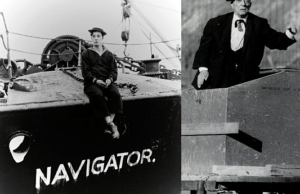
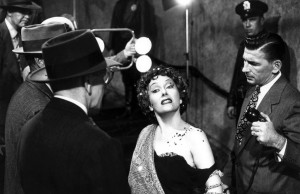
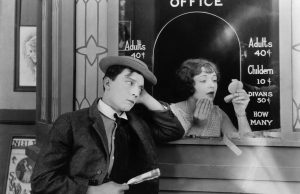






Leave a Reply